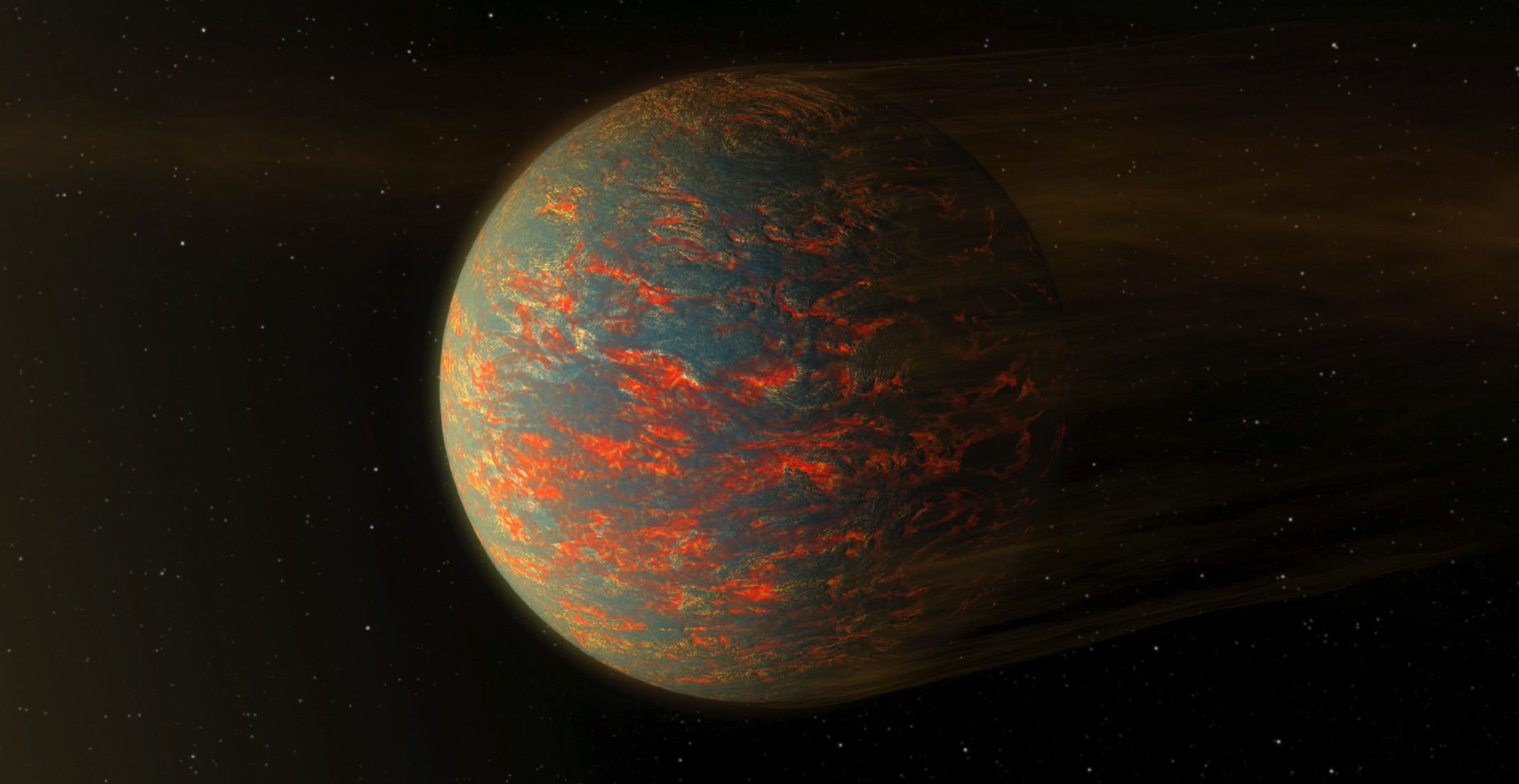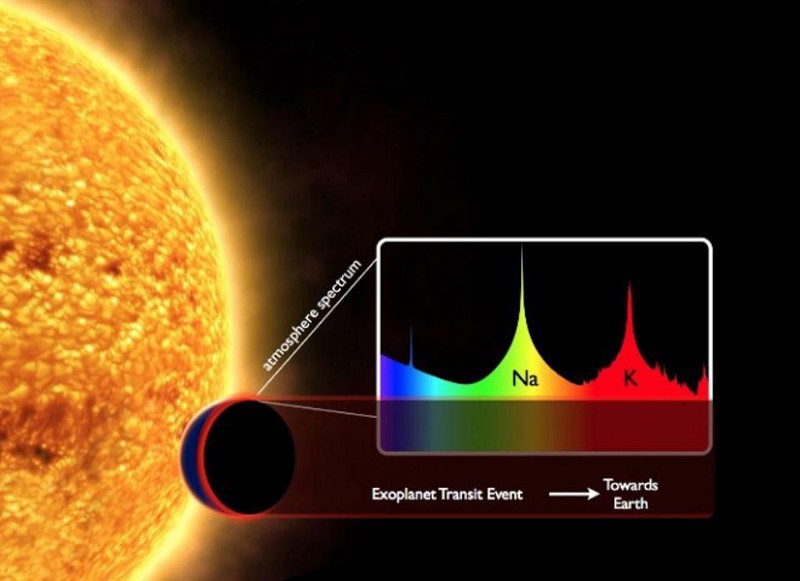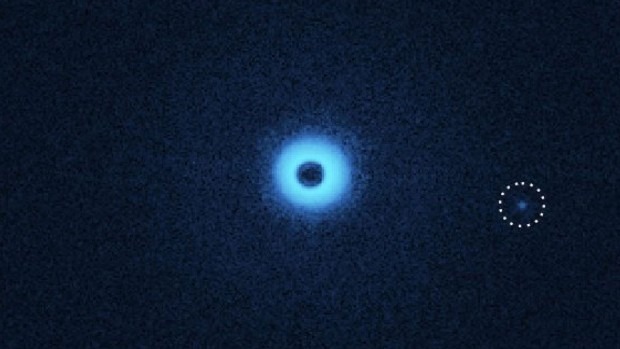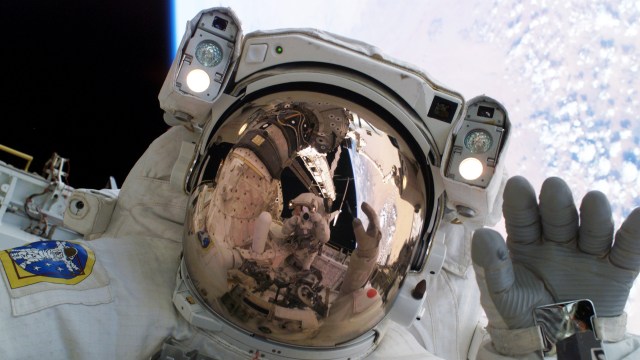Exoplanet discoveries reveal Earth’s profound rarity in the cosmos
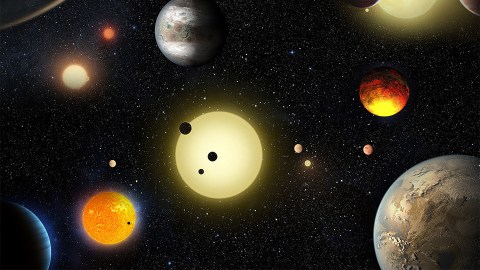
- The more we learn about other worlds and planetary systems out in our galaxy, the more remarkable our planet becomes.
- Out of the vast number of discovered exoplanets, few are comparable to Earth.
- The life history of a planet — the details of how it evolved, from its atmosphere to cosmic impacts and seismic activity — is imprinted on its creatures. And vice versa: Life on Earth has changed our planet in dramatic ways.
We are now well into a new era of astronomy, where distant planets (called exoplanets) are being detected at a fast clip. At last count, there have been 5,557 confirmed discoveries of exoplanets and another 10,000 candidates awaiting confirmation. These discoveries have given rise to “comparative planetology,” a new area of astronomy dedicated to investigating the properties of different worlds, classifying them according to size, mass, (approximate) atmospheric composition, distance from their parent star, and whether they are rocky, gaseous, or some combination of the two.
The main goal is to compare them to Earth and other planets in our Solar System. For example, when astronomers talk about a “super-Earth,” they mean a rocky planet with a radius somewhat larger than Earth’s, while a “sub-Neptune” is a gaseous planet with a radius somewhat smaller than Neptune’s. These definitions are operational and the boundaries between planetary classes are not very rigid, but they offer a quick way of classifying what we see.
Comparative planetology
Exoplanets are planets that orbit other stars in our galaxy (and stars in other galaxies, too, but those are too distant to be detected). An M-type dwarf star (or red dwarf star) is the smallest and coolest star, the most common in the Milky Way. Around three-quarters of the stars in our galaxy are M-type dwarf stars. In comparison, our Sun is a yellow dwarf star, about five times more massive than a red dwarf. Only about 3% of stars are yellow dwarfs like our Sun.
The diversity of planetary systems is absolutely staggering. There is no obvious or common type of planetary system: Some have huge Jupiter-like planets orbiting very near their host stars, while others have planets distributed more evenly, with some resembling our Earth. These seem to be quite rare.
If you’re not amazed by what astronomers have discovered about planetary systems, consider the sheer difficulty of discovering distant planets. Finding a planet orbiting another star is much harder than finding a flea in front of a floodlight. To detect them, astronomers capture the ever-so-slight dimming of starlight as a planet passes in front of a star. This is called planetary transit. Imagine measuring the dimming of a floodlight as a flea hops over it. Now, move the floodlight incredibly far away — so far as to look like a point source. With this image, you begin to get an idea of how delicate and spectacular the discovery of exoplanets is.
The main motivation, of course, is to figure out how rare or common our planet is. If there are lots of Earth-like planets — not just with similar size and composition, but also located at the so-called “habitable zone” of the star where water, if present on the planet’s surface, would be liquid — then the odds become higher that such worlds could harbor some kind of life. As my Dartmouth colleague Elisabeth Newton reported a few years back while reflecting on her discovery of a young exoplanet orbiting a relatively young star, “One of the overall goals of astronomy is understanding the big picture of how we got here, how solar systems and galaxies take shape and why. By finding solar systems that are different from our own – especially young ones – we can hope to learn why Earth and our own Solar System evolved in the ways that they did.”
So, it all boils down to one of the most exciting questions we can ask in science — the one kids from ages five to 90 ask across all cultures on our planet: Are we alone in the Universe? Studying other worlds — their history, location, and properties — allows us to figure out our own history, and how exceptional (or not) it is. We live in this very special time when we can actually begin to answer this question. And it all points to our planet being a rare gem in a Universe that is very hostile to life.
We are still far from knowing whether other worlds harbor life of any kind. Clearly, given that there are so many worlds out there (trillions in our galaxy alone), and that the laws of physics and chemistry are the same across the Universe (this we do know with confidence), the expectation from a large fraction of scientists is: Yes, there should be other worlds with life. Otherwise, as Jodie Foster’s character in the movie Contact (based on Carl Sagan’s homonymous novel) said, “[It] seems like an awful waste of space.”
But life is not so simple as large numbers. There is a disconnect between the way physical scientists and biologists think about this question. (Of course, there are exceptions in both groups.) Biologists tend to be more careful with such extrapolations, knowing only too well that life is enormously complex. There are many truly mind-boggling steps to go from non-life to the first living creatures, and then on to complex unicellular life and multicellular creatures. What’s more, life doesn’t have a plan to get more complex over time; life cares about reproducing efficiently. If species are well-adapted, mutations won’t do much. Ultimately, the question of how life did emerge on Earth remains very much open.
The “survival equation”
What we do know now, and this is extremely important, is that the life history of a planet — the details of how it evolved, from its atmosphere to cosmic impacts and seismic activity — is imprinted on its creatures. And vice versa: Life changes its host planet in dramatic ways. There is a two-way relationship between a planet’s history and the kind of life it supports. The planet provides the basic support for life to be possible and life acts back on the planet and changes it. Earth now is a different planet from three billion years ago, when it only had single-celled organisms. Their action changed the planet by dramatically increasing the oxygen levels in the atmosphere. Without that, we wouldn’t be here. We can also see this with our own destructive activities, and how they are imprinted on Earth. Human presence has permanently scarred Earth.
Dominant species can change their world, either knowingly or unknowingly. We are living the reality of this fact. Yet, most of us are choosing not to pay attention or change our ways. Alienated from nature, we seem to have forgotten how much our survival depends on it. Bad water + bad air = sick life. That’s the equation everyone should know — call it the “survival equation.” Maybe what we are learning about our planet and its distant cousins will inspire us to rethink how we relate to our world and the creatures we share it with.
